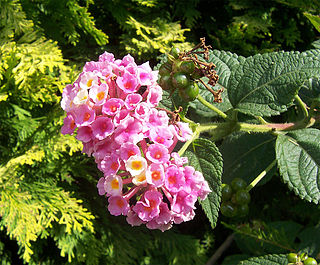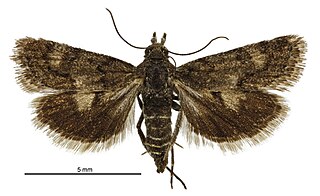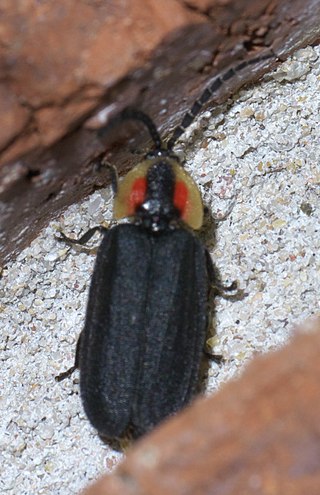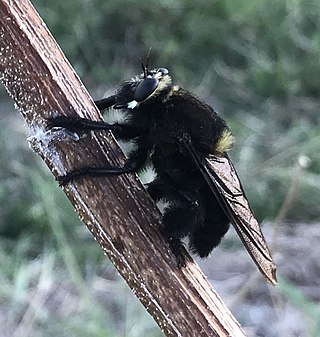
The Eurasian coot, also known as the common coot, or Australian coot, is a member of the rail and crake bird family, the Rallidae. It is found in Europe, Asia, Australia, New Zealand and parts of North Africa. It has a slaty-black body, a glossy black head and a white bill with a white frontal shield. The sexes are similar. Similar looking coot species are found throughout the world, with the largest variety of coot species living in South America.

The Verbenaceae, the verbena family or vervain family, is a family of mainly tropical flowering plants. It contains trees, shrubs, and herbs notable for heads, spikes, or clusters of small flowers, many of which have an aromatic smell.

Melanism is the congenital excess of melanin in an organism resulting in dark pigment.

The alpine salamander is a black salamander that can be found in the French Alps, and through the mountainous range in Europe. It is a member of the genus Salamandra. Their species name, atra, may be derived from the Latin ater, meaning dull black. The salamanders' coloration has evolved over time, as some species are completely monochrome black and others have yellow spotting and marks. Their life expectancy is at least 10 years. There are four subspecies of the alpine salamander, with varied distribution and physical coloration. Unlike other salamanders, whose larvae are developed in water, the alpine salamander and its subspecies are a fully terrestrial species in life and gestation. They give birth to live young.

The black lory, is a medium-sized, blackish parrot with black bill, dark grey feet and long rounded tail. It has yellow and red under-tail. The sexes are similar. It is native to West Papua in Indonesia.

The southern rock agama or southern African rock agama is a species of lizard from the family Agamidae that occurs in Southern Africa in Zambia, South Africa, Eswatini, Mozambique, Zimbabwe and Botswana. It lives in small colonies on rocky outcrops, and the males are very conspicuous for their bright blue heads.

Cyclocephala is a genus of scarab beetles from the subfamily Dynastinae. Beetles of this genus occur from southeastern Canada to Argentina, India and the West Indies.

Mallophora is a genus of bee killers in the family Asilidae. There are about 60 described species in Mallophora.

Heliothela atra is a moth of the family Crambidae. It was described by Arthur Gardiner Butler in 1877. This species is endemic in New Zealand and has been observed in both the North and South Islands. The preferred habitat of this species is dry tussock grasslands and short-sward sites. Adults of this species are on the wing from December until March and are day flying moths known for their rapid flight. This species is said to be associated with Melicytus alpinus.

Mallophora fautrix is a species of robber fly in the family Asilidae.

Pseudochalcura is a genus of chalcid wasps in the family Eucharitidae. There are about 14 described species in Pseudochalcura.

Lucidota atra, the black firefly or woodland lucy, is a diurnal species of firefly — a member of the Lampyridae family of beetles.

Mallophora orcina, the southern bee killer, is a species of robber flies in the family Asilidae.
Zeugophora atra is a species of megalopodid leaf beetle in the family Megalopodidae. It is found in North America.

Mallophora leschenaulti, known generally as the belzebul bee-eater or black bee killer, is a species of robber fly in the family Asilidae, Seen in northern Nevada, and Tahoe area.

Orsodacne atra is a species of leaf beetle in the family Orsodacnidae. It is found in Central America and North America.
Gymnusa atra is a species of rove beetle in the family Staphylinidae. It is found in Europe and Northern Asia and North America.
Mallophora ruficauda is a species of parasitic robber fly in the family Asilidae, endemic to South and Central America. Like other robber flies, M. ruficauda is known for its aggressive behavior and predation upon other insects, especially bees. M. ruficauda mimics a bumblebee to fool predators into thinking it has a painful sting and is not worth eating.

Tephromela atra is a species of lichen in the family Tephromelataceae. It has a worldwide distribution.
















